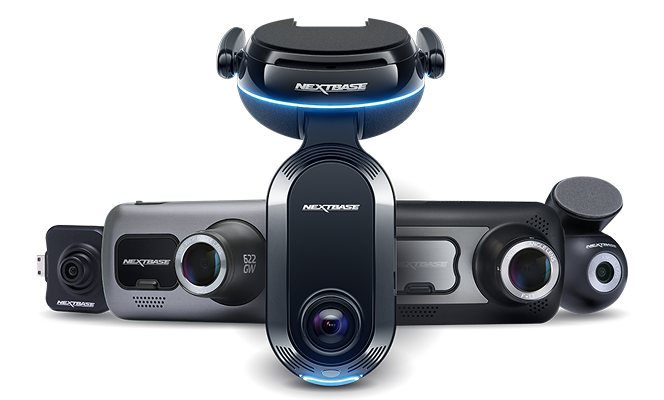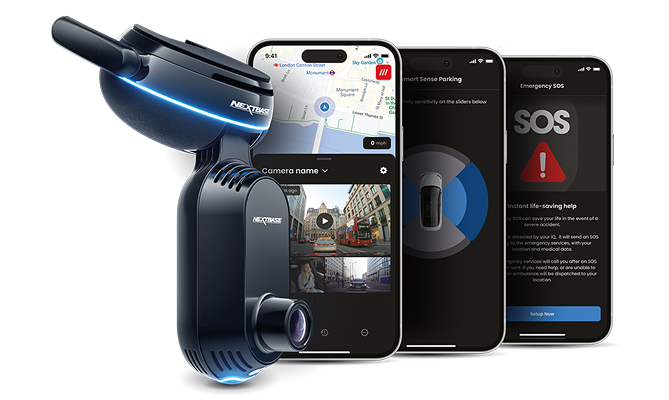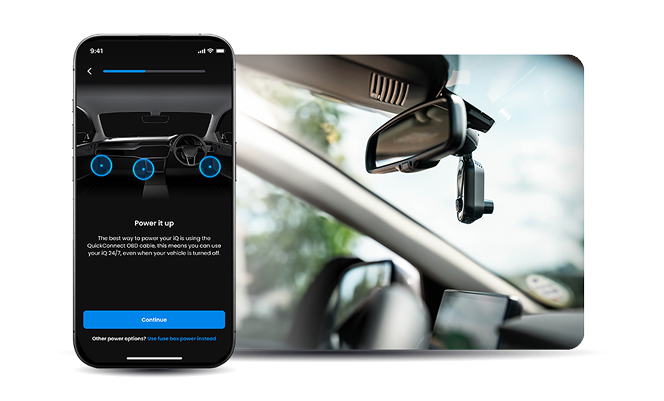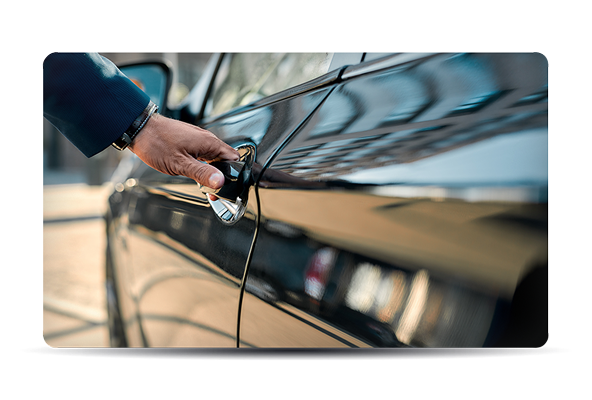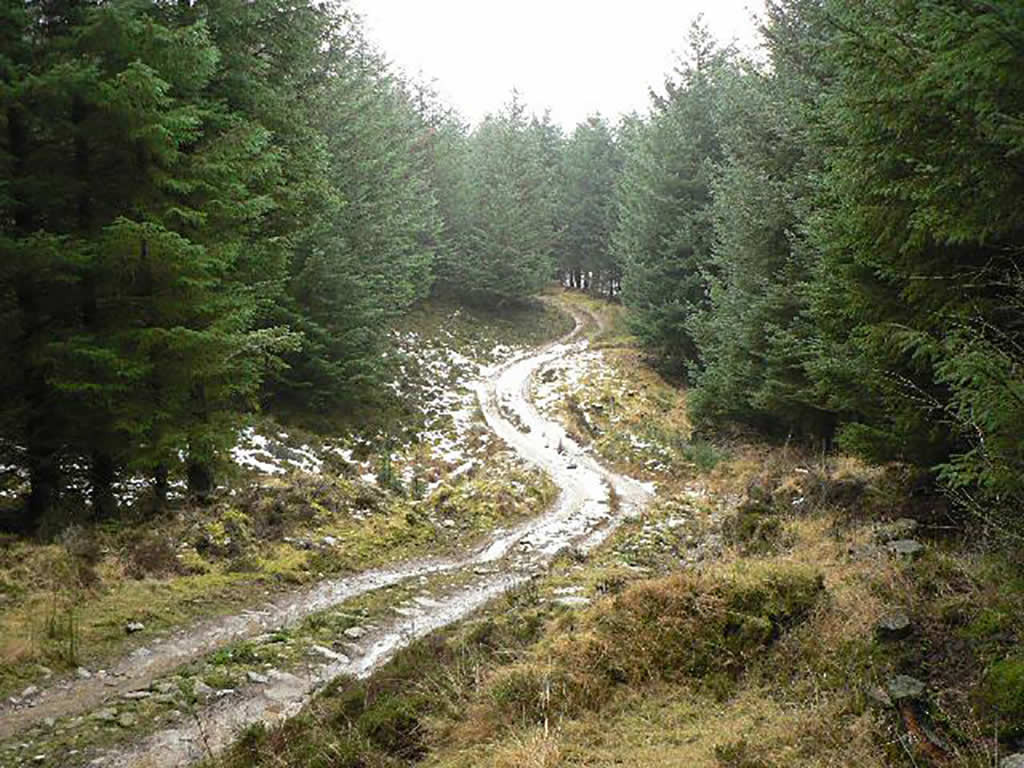Every now and then it pays to stretch your limits and try something new – and that’s especially true of your motoring skills. Over the years I’ve pushed my own abilities to (and occasionally beyond) breaking point with various hair-raising stunts, most of them spin-offs from the motoring industry. I wing-walked on a biplane which did some barrel rolls and other stomach-churning aerial stunts (courtesy of a car firm), performed a freefall parachute jump (courtesy of Capital Radio’s ‘Flying Eye’), gained my HGV 1 licence (tough-going), tackled numerous high-performance driving courses on and off-road, tested out some power boats, navigated an off-shore Formula 1 power boat in a race in the Solent (we came first) and tackled some extreme off-roading on two wheels and four.
My latest foray was at the wheel of the fashionable new Land Rover Discovery Sport, the model that replaces the Freelander. The firm took me to Eastnor Castle, the facility in Herefordshire where the Land Rover story began over 50 years ago. It’s where the first ever Land Rover was honed and developed, in the sprawling, hilly, forested estate belonging to the Hervey-Bathurst family. It’s been their ‘home’ testing ground ever since with over 60 miles of highly challenging tracks including deep water courses, perilous descents and ascents. And tons of mud. The day started with a brief introduction to the clever Land Rover Terrain Response, a box of clever technology that – using the car’s rugged four wheel drive system and bullet-proof electronics – adapts the vehicle at the press of a button to make the best of conditions such as snow, sand, gravel or mud and ruts. We slithered along a muddy track – the shiny Discovery Sport which I had driven through London that very morning still shod in its everyday wheels and tyres – and stopped in front of an outsize set of stone steps scaling the side of a hill which, I assumed, were for spectators to climb, to get a close-up view of the action.
“That’s your first obstacle,” said my instructor, “drive up there.” It seemed impossible that this shiny, elegant, refined road-going family seven-seater (without low range and with just an automatic box linked to a smooth 2-litre diesel engine) would make it onto the first step, let alone the top. But – with barely any effort – it did. It went up like a mountain goat. Then we drove along the ‘bullhorn’, a wickedly off-camber concrete berm which tilted the car on its side to an angle of 38-degrees (giving my two back seat passengers a shock)… and the Disco Sport just kept on going. Any normal vehicle – and many ‘softroaders’ would simply have rolled. Next we traversed a fearsome-looking series of diagonal concrete humps which tested the four-wheel-drive system by hoisting one or more wheels in the air and without the chassis grounding out, before descending a steep, boulder-and-mud-strewn descent through a forest, while the Hill Descent control kept us firmly in check. Other thrills included several deep water ditches (enough to send waves splashing onto the driver’s window at head height) and forest tracks so muddy you wouldn’t even walk them. In waders. Thanks to the on-board electronics, advanced engineering and build quality, it was child’s play and we were never really at risk, but it was exciting and reminded me of just how advanced a modern Land Rover is. And how very little of a good off-roader’s ability we ever use. It also left me wishing for snow, to demonstrate the wonders of that Hill Descent feature (which also works in reverse). What really amazed me was that after several hours of what felt like outright punishment and abuse, the car was hosed off and – as I glided back along the M4 into the smart parts of London – it still looked as though it had just rolled off the factory line. I could have rolled straight up outside a theatre, restaurant, or club. And it’s that quiet versatility that is the true miracle of modern vehicle engineering.

